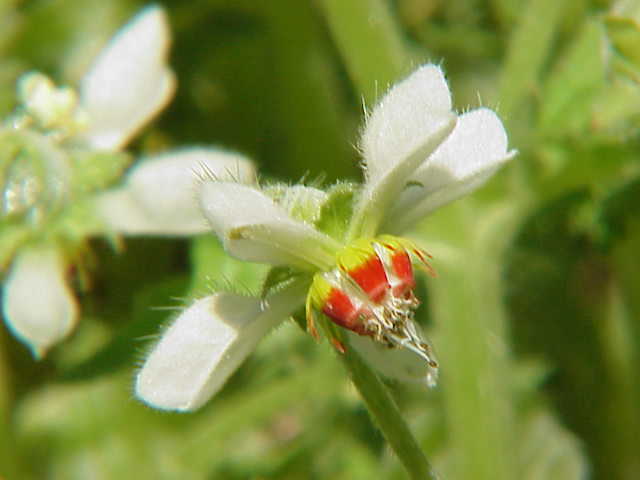Bulletin of the National Research Centre, 46, 269, 2022
Abstract
Background
Blumenbachia insignis is a plant native to Brazil, Uruguay, and Argentina. It is used as an ornamental plant for its flowers, but also, in popular medicine, the stems and leaves are used as antirheumatic agents. Detailed studies on the differential chemical composition of their organs were carried out to establish a relationship with their biological activity and ethnomedicinal uses and the compounds present.
Results
The presence of phenolic compounds, flavonoids, and triterpenoid saponins was detected in the extracts of the different organs of Blumenbachia insignis, those of the flower being the ones that had the highest concentration of these families of compounds, and also the highest antioxidant and antimicrobial activity. Volatile compounds were identified using gas chromatography coupled to mass spectrometry (GC–MS) in all the extracts. Some of them possess recognized antimicrobial and antioxidant activity among others. On the other hand, the roots showed an important presence of monoterpenes, not so common for these organs.
Conclusions
These characteristics could be useful to prevent various oxidative stress processes and against pathogenic bacteria.

